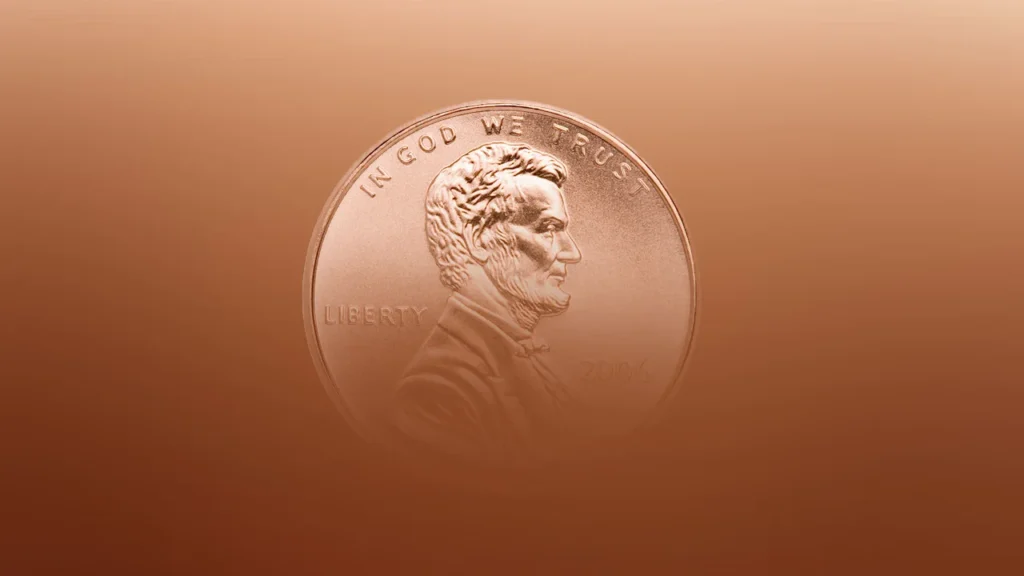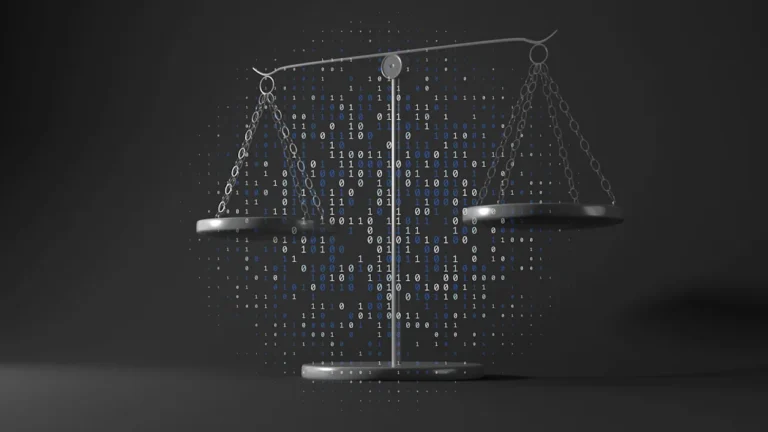
Recently, there has been a rise in reports from consumers that some physical retail stores are running low on pennies, making it difficult for cashiers to give customers exact change.
This week, many social media users reported that one of America’s largest grocery store chains, Kroger, was asking customers to use exact change. This has led many to wonder if there is a national penny shortage.
The answer is more complex than just a simple yes or no. Here’s what you need to know.
What’s happened?
Numerous reports this week said customers at Kroger stores were greeted with signs asking them to provide exact change when paying in cash.
Among the reports was one from the Cincinnati Enquirer, which said that these signs were posted at the company’s 103 stores in the Cincinnati/Dayton Division.
“The U.S. Treasury has stopped production of pennies, which is now impacting supply,” the signs read. “If using cash for payment, please consider providing exact change.”
Reached for comment by Fast Company, a Kroger spokesperson confirmed the move. “We continue to assess the impact of the U.S. Treasury’s decision to end penny production,” the spokesperson said.
These signs, along with a growing number of other reports on social media, have contributed to speculation about an American penny shortage.
Is there a penny shortage?
Without a doubt, the availability of the penny seems to be decreasing. However, according to the American Bakers Association (ABA), there isn’t currently a “penny shortage” in the traditional sense.
Rather, there is a slowing of the circulation of pennies throughout America’s banks and retailers. And there’s a reason for this.
In February, President Trump announced on Truth Social that he had instructed U.S. Treasury Secretary Scott Bessent to stop producing new pennies.
“For far too long the United States has minted pennies which literally cost us more than 2 cents,” Trump wrote, adding, “Let’s rip the waste out of our great nations budget, even if it’s a penny at a time.”
And the Treasury did as Trump instructed.
As the ABA notes, the U.S Mint, which is responsible for minting America’s currency, “reportedly stopped production and delivered their last shipment of new pennies in August.”
That means no new pennies have been minted in two months. Still, the ABA estimates that there are about 250 billion pennies still in circulation. So why are they reportedly getting harder to come across?
It’s because many people don’t like carrying around the one-cent coins. They take up too much space in a wallet or purse, so people just tend to leave them in drawers, jars, or car cupholders.
This means that, unlike most dollar bills, a significant amount of the existing pennies that are out there don’t reenter circulation.
When no new pennies are being minted, and enough existing pennies aren’t reentering circulation, it can lead to an absence of an adequate amount of change at banks and in cash registers.
This is responsible for the “penny shortage” some retailers and customers are now beginning to see.
Why does Trump want to get rid of the penny?
It’s not just Trump who wants to get rid of the penny. A YouGov poll from earlier this year found that more Americans now support eliminating the coin rather than saving it.
Pennies can be inconvenient. You need need a hundred of them or more just to buy something simple, like a can of soda. And carrying a hundred pennies around in a purse, wallet, or pocket can be cumbersome.
As for Trump, he is correct that the penny coin actually costs more than 1-cent to make. A 2024 report from the U.S. Mint revealed that the U.S. government lost more than $83 million in 2024 producing the penny.
This is because though the penny has a face value of only 1-cent, it had a total unit cost of $0.0369 per coin in 2024. That’s over 3.5x its face value.
In other words, the penny is both disliked by some consumers and doesn’t make financial sense from a minting standpoint. No wonder so many people want to see it go.
Can Trump actually kill the penny?
While the U.S. Treasury and U.S. Mint have followed Trump’s instructions to stop producing the penny, the penny remains legal tender in America. And most experts seem to agree that Trump can’t just end the penny’s life by dictate.
As New York Magazine noted in May, killing off the penny likely requires an act of Congress, since Congress controls the specifications of America’s currency. However, both houses of Congress have reportedly introduced bills to kill off the penny since Trump issued his decree.
The ABA itself notes that the decision to eliminate the penny “lies with Congress and the President, as the Constitution gives Congress the authority to coin money.”
But it adds that “The banking industry is prepared to support whatever policy is enacted and will ensure a smooth transition if the penny is officially phased out.”
Can I still get exact change if there are no pennies available?
Given that so many items in America are priced at one penny short of a whole dollar—before tax—it’s no surprise that if there is a penny shortage, stores may have trouble giving consumers their exact change.
But if this is indeed the case, the ABA says that “banks and retailers may temporarily round cash transactions to the nearest five cents” since nickels are widely available. This means the customer may save a few cents—or pay a few cents more—depending on which way the rounding goes.
However, the price of online transactions, as they are all electronic, shouldn’t be impacted at all.


